I don't see your calculations for the 2nd stage's addition, but your simulation is close. I calculate the difference between one stage (\$\approx 67.785^\circ\$) and two stages (\$\approx 124.217^\circ\$) should be \$\approx 56.433^\circ\$. Obviously, the 3rd stage should bring this around to a final \$180^\circ\$ (a remaining change of \$\approx 55.783^\circ\$.) But loading matters and you cannot take each stage in isolation. They combine and interact.
I've discussed your question here and here. Probably should have been able to find them, among others, with a search. But in the first of the two links, do take note of Verbal Kint's answer there, as well. Mine is just brute mathematics (his description of my work elsewhere, not there) and the approach he illustrates may provide a more useful tool than my brutish method manages.
Analysis or simulation are the usual tools. For analysis, only the impedance ratio is required. This is because a voltage divider with source impedance \$Z_S\$ and load impedance \$Z_L\$ can be usefully re-written as \$\frac1{1+\frac{Z_S}{Z_L}}\$. (See if you can re-arrange the usual voltage divider fraction so as to look like that.) This helps emphasize the importance of this ratio.
But do note that while \$Z_L=R\$ for the last of three stages, \$Z_S\$ won't just be the obvious single capacitor, but instead the complex combination of all the parts preceding the final resistor. So it's not so simple as I think you are attempting.
In this case, the ratio is \$\alpha=\frac{Z_C}{R}=\frac1{R\,C\,s}\$ and from it can be computed the source impedances, one at a time, through each stage. Complex variable \$s\$ can be replaced with imaginary-only \$j\omega\$ as there's no interest in this oscillator's failure modes (where it may damp out or rail the output.)
On the first link provided earlier, note the Pascal's triangle. From it, for three stages, find the constants to be \$[1, 5, 6, 1]\$. This means the resulting polynomial of interest is \$\alpha^3+5\alpha^2+6\alpha+1\$.
We want the ratio of the imaginary part vs the real part for performing the arctangent to get the total phase shift. The odd powers will be the imaginary part and the even powers will be the real part. So the ratio is easy enough. Therefore the phase angle for three such stages will be \$\phi=\arctan\left(\frac{j\,\alpha\cdot\left(\alpha^2+6\right)}{5\alpha^2+1}\right)\$. With \$f\approx 6497.47\:\text{Hz}\$ and therefore \$\omega\approx 40824.83\:\frac{\text{rad}}{\text{s}}\$ and plugging in your values, you should find the numerator to be appreciably close to zero.
Which gets to another point. You can work out the oscillation frequency from the above. All you need do is to set the imaginary part to zero and solve. So, here you just need to solve \$j\,\alpha\cdot\left(\alpha^2+6\right)=0\$ for \$\omega\$. This is just where \$\alpha^2=-6=\frac{-1}{R^2\,C^2\,\omega^2}\$. This quickly re-arranges into \$\omega^2=\frac1{6\,R^2\,C^2}\$ or \$\omega=\frac1{\sqrt{6}\,\cdot\, R\, C}\$. From that, find \$f=\frac1{2\pi\,\sqrt{6}\,\cdot\, R\, C}\$.
Just for fun, suppose four stages.
Then find \$[1, 7, 15, 10, 1]\to \alpha^4+7\alpha^3+15\alpha^2+10\alpha+1\$. So the fraction is now \$\frac{j\,\alpha\cdot\left(7\alpha^2+10\right)}{\alpha^4 +15\alpha^2+1}\$. This is just where \$7\alpha^2=-10=\frac{-7}{R^2\,C^2\,\omega^2}\$. Then find \$\omega^2=\frac7{10\,R^2\,C^2}\$ or \$\omega=\frac{\sqrt{70}}{10\,\cdot\, R\, C}\$. From that, find \$f=\frac{\sqrt{70}}{20\pi\,\cdot\, R\, C}\$.
With your values, I compute a four-stage value of \$f\approx 13.316\:\text{kHz}\$. With LTspice I get a simulation of \$\approx 13.1\:\text{kHz}\$. Which I consider close enough to not worry more about. (By the way, while the required gain must be 29 for the 3-stage case, it only needs to be about 19 for the 4-stage case. Can you suggest a reason why that trend should have been anticipated?)
